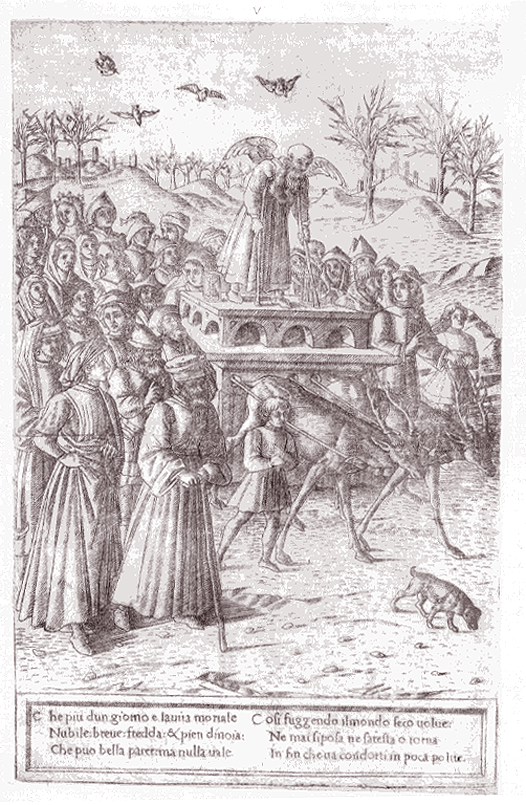reply to Hestia/Beanu
Hi..
I completely understand mixing up names in this most obscure of histories. I once drove around listening to courses on tape to have the background to contextual my Tarot origin search. It's so easy to jump to the wrong conclusion. Recently I was thinking about Eriugena (the one who influenced the Catalonian kabbalists), and I had read that he was more Neo-Platonic than Pseudo-Dionysius, whom he translated from Greek into Latin in the 9th Century. (Dionysius being the source of most Christian Neo-Platonism). I just assumed that was because Eriugena had read Plato's Timaeus, but then I was reading about Eriugena's sources and found out he had not read Plato's Timaeus but Calcidius's commentary on Plato's Timaeus. Maybe in the end we'll discover that the occult tradition (including the Tarot) can be traced to Calcidius's commentary on Plato's Timaeus, or on Fate, or on Demons--a very obscure tradition indeed.
Anyway, back to the Kabbalah/cabbalah, Qabala. Here the problem might be deliberate obfuscation. Neol Brann in his excellent book, Trithemius and the Magical Theology, writes, "To the extent that Cabala, a cornerstone of the earlier steganographical manual tract, continued to play an explicit role in polygraphy for Trithemius, it was primarily in its utilitity as a device for linguistic obfuscation." (pp 132) Kircher, the other primary source of occult Qabala, did something similar. He took the Tree of Life from the recently translated Pechitta, and superimposed the Hebrew letters onto that. He was really using the angelic system of Pseudo-dionysius, and other sources such as Jerome's homonyms for the Hebrew alphabet. I'm here quoting the introduction to Ronald Decker and Michael Dummett's, A History of the Occult Tarot, " Kircher identifies each of the first nine Cabalistic ranks with one of the nine angelic ranks constituting the hierarchy of angels according to Christian writers" pp17.
--reply about the hermit
Yes, Ramon Llull has a character called the Hermit, which I don't think was really St. Jerome. Lull's hermit is a wise man living in the wilderness and all the characters of the medieval world--knight, empress, king, and so on--end up asking the hermit for advice. He is like a medieval psychologist. On the other hand, Jerome suffers alone in the wild, befriends a lion, and ultimately has a vision. Maybe the Tarot hermit is a mixture of the two, or possibly the Renaissance inventor was inspired by Lull but more deeply identified with the suffering of Jerome. I'll try to get the links with the paintings of St. Jerome. I like to compare Lucas Van Leyden's Saint Jerome with the Hermit from the Visconti-Sforza Pierpont Tarocchi deck. Lucan van leyden was a generation removed from Tarot invention, but he might have known something of its tradition. He also painted a scene of card players. Also Francesco Benaglio Saint Jerome Best regards...




